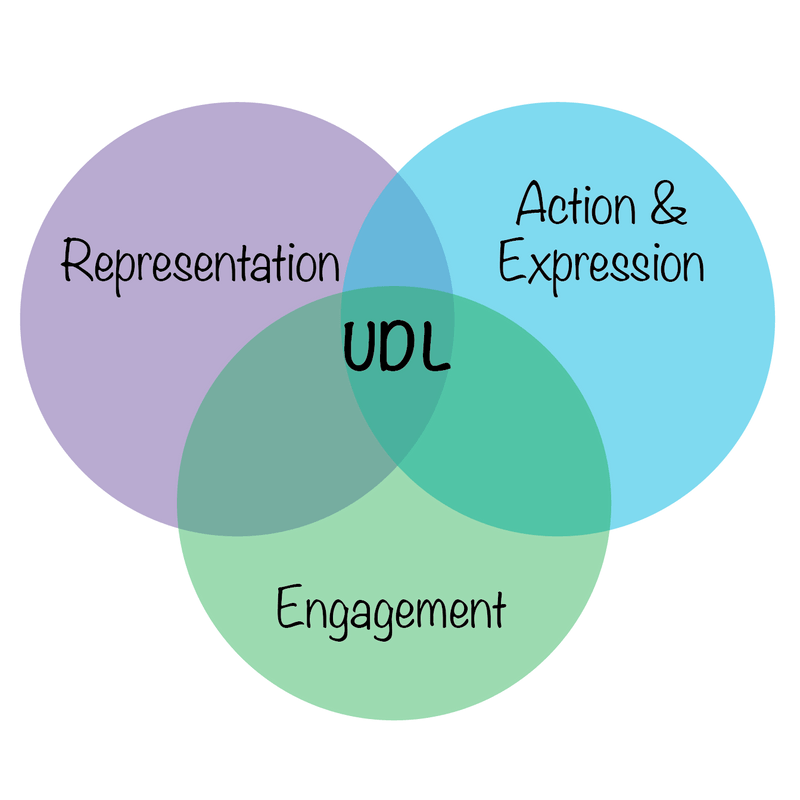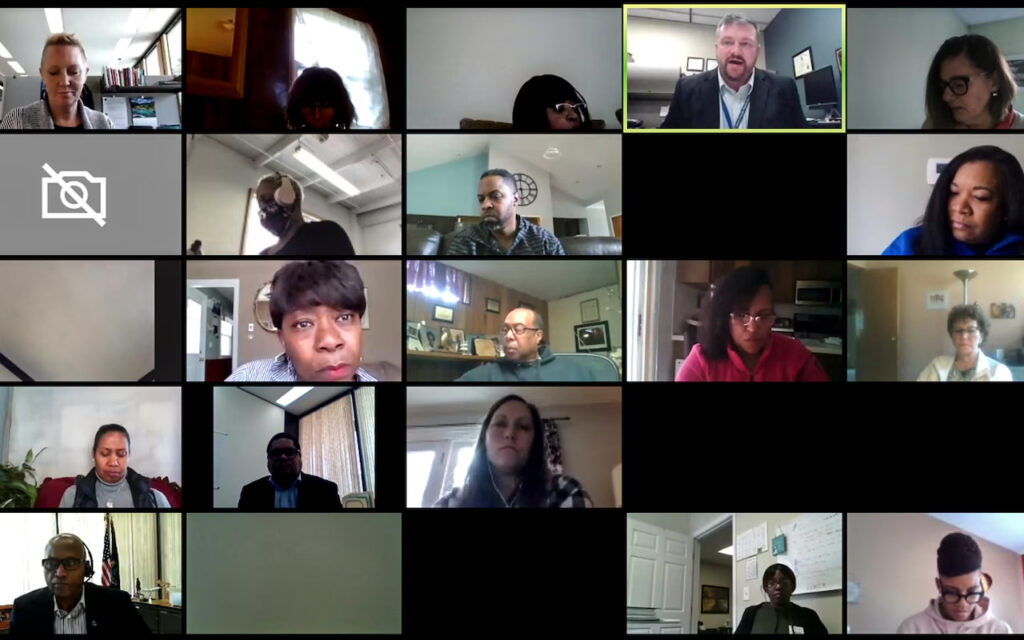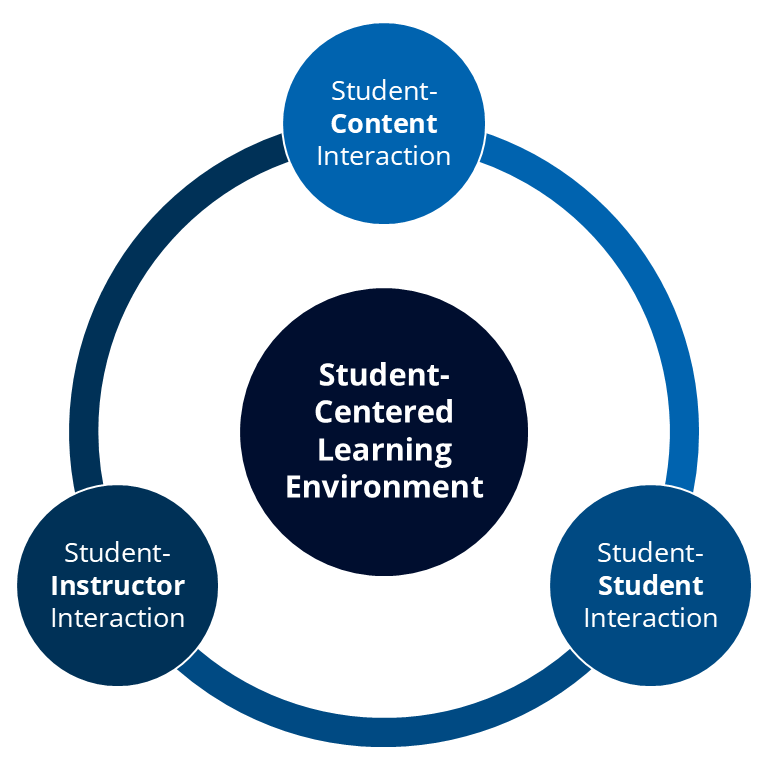Posts Tagged: edci335


Designing for Inclusion and Engagement
Illustration by Karacis Studio on Unsplash
Universal Design for Learning
Universal Design for Learning (UDL) is all about planning with the diversity of learners in mind. Rather than creating one “standard” lesson and adjusting later, UDL encourages educators to anticipate learner variability while we plan lessons. I think this approach is essential because every student learns differently, whether it’s different paces, preferring different media, or differing environmental factors. Designing flexible learning experiences allows us to remove barriers for students before they appear.

An example of UDL that stands out to me from my experience is how one of my psychology professors ensures that lecture material is recorded, as well as making sure the slides are posted before class. Him taking this initiative showed me how proactive design can make a major difference in engagement and accessibility. It is a lifesaver to be able to go back and watch lectures when I get sick, and to have the slides available before class so that I can record notes on top of them. Also, when the content is presented through multiple means, such as visual slides, audio recordings, and interactive materials (like in-class polling through something like iClicker), it makes the learning experience more accessible and enjoyable.
This video gives a quick overview and example of universal design for learning.
Inclusive Learning Design
Inclusive design builds on UDL by emphasizing equity, belonging, and representation. It’s not just about accessibility, but also about making sure every learner feels that their identity and perspective are valued. In practice, this could mean integrating diverse examples in class, providing culturally diverse materials, and offering students a voice in how they demonstrate understanding. For example, I’ve seen an inclusive approach in my Grade 4 class, where my teacher asked us all to share what we were having for lunch. Though it wasn’t specifically about learning, this approach fostered an inclusive environment where my classmates of all ethnic groups shared stories about our diverse meals with one another. Because of this, we appreciated each others’ cultures more, and felt more included in the classroom. This approach reminds me that inclusion goes beyond including minority perspectives in our curricula, it also encompasses classroom culture and environment.

Synchronous and Asynchronous Learning
Balancing synchronous and asynchronous learning is a key component of engagement. This study by Fabriz et al. (2021) highlights some of the relationships between online learning during COVID and student outcomes. I found it interesting that this study found that “students in synchronous settings report a more positive learning experience as well as greater support of their basic psychological needs” (Fabriz et al., 2021). For me, synchronous activities foster more connection with both my teacher/professor and classmates, while asynchronous options don’t have that benefit. Conversely, asynchronous activities do offer flexibility for students who may have busy schedules, different learning preferences, or accessibility needs. I think that different learning environments call for a different balance between the two. In my Grade 10 French class, which was cut short due to COVID, we were mostly doing synchronous classes, where we would have to speak in French during class over Zoom. Though I wasn’t terrible at French, it was an incredibly awkward experience to have to speak in an online class directly to the teacher, while everyone else could also hear you. In this case, I much preferred the asynchronous worksheets, quizzes and audio recording assignments that we did.

Principles of Effective Online Education
Effective online learning depends on clear organization and expectations, as well as having learning objectives that line up with assessments and activities. Frameworks like UDL help educators achieve this by being inclusive from the start, in hopes of implementing strategies to remove barriers for students while designing the course. I also think that effective online education provides ample resources for students, whether that is an available instructor or TA, or helpful videos and slideshows.
From my perspective, online courses that are set up like this feel more cohesive and motivating. When I know exactly what I am working towards, and when materials are easily accessible, it helps reduce the stress of “What assignment is due this week? When is my next quiz?’, and allows me to instead focus on the actual content. These student-content, -student, and -teacher interactions are all vital for creating an online learning environment that is actually motivating and engaging.



Learning About Learning
Hi, my name is Jaisal! I’m in my fourth year of my Psychology undergrad here at UVic. I’m minoring in education, which is why I’m taking EDCI 335. The biggest influence on my educational journey so far has been going to the same high school my dad taught at. Growing up with a math teacher from my school in the house was an interesting experience to say the least, but it also gave me insight into the day to day lives of teachers.
The Learning Process
I define learning as the process of acquiring knowledge. Most of the time this happens from the instruction of someone else, but I think a lot of it happens through self-exploration as well. One time I learned something effectively outside of a formal environment (e.g. a classroom) was when I learned how to drive a manual transmission car, because the car I ended up buying a couple of years ago was manual. The best tutorial I found was on YouTube, from a British driving instructor named Richard Fanders, who ran a channel called Conquer Driving. The way he explained each component of driving, as well as how he started off assuming that the audience had no prior knowledge of driving a manual, worked extremely well for me. I’m thankful I found the channel, because I had about a two-day window to learn how to drive – I picked up the car on a Friday in Vancouver and returned to Victoria on Sunday night.

My Preferred Learning Style
Out of the learning theories we’ve discussed so far, I think that the cognitivist approach aligns best with my preferred learning style. Maybe it’s my personal bias as a cognitive psychology student, but I do really enjoy how this approach considers mental processes like information processing, thinking, memory and problem solving. A connection I make between my neuroscience classes and learning design is that the more I understand how my brain works, the more I understand what I need to do in order to learn best. For example, I’ve learned more about how our brains respond differently in different environments, specifically when we are at home versus at work or school. At home, I tend to feel like relaxing and hanging out around the house, which has always made it difficult for me to learn online. I’ve been able to remedy this somewhat by trying to complete as much work as possible before I come back home to relax, which has made me much more productive and allowed for a better school-work-life balance (this is also something I’ve learned from my teacher dad!).
ARCS Model
For me, attention and satisfaction are most important parts of the ARCS model for keeping me engaged in class. I remember my first year chemistry class, where my motivation, combined with the professor’s ability to foster curiosity in people who didn’t care much about chemistry, allowed me to still do relatively well in the class. Even though I didn’t really want to be in chemistry, the professor motivated me enough to care about the subject. He kept my attention during early morning lectures, and I always had a feeling of satisfaction whenever I completed a quiz, lab assignment, or exam.
Neuromyths or Neurofacts?
My prior knowledge of psychology usually makes me approach new learning from that perspective. An example that comes to mind is my prior knowledge of “neuromyths”, since I’ve already studied some of them in psychology. I discussed the myth of multitasking during our reflection assignment, which was discussed in further detail in Dr. Lindsay Blooms’ Ted Talk:
Because of my prior knowledge as an adult learner, I was able to think more about how multitasking impacts my life, rather than investigate the neural mechanisms behind why the brain isn’t able to multitask effectively.
I’m excited to learn more about learning with all of you in EDCI 335!